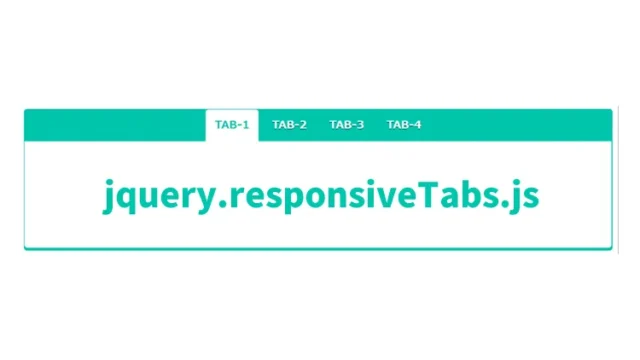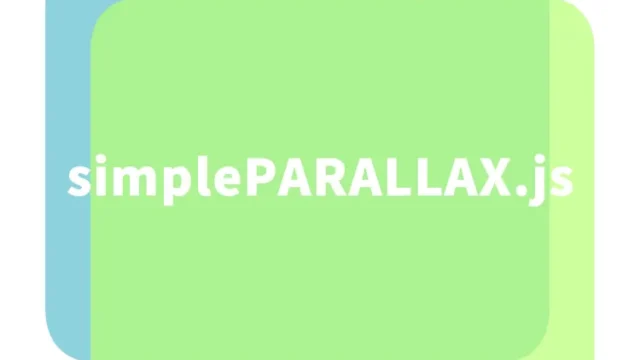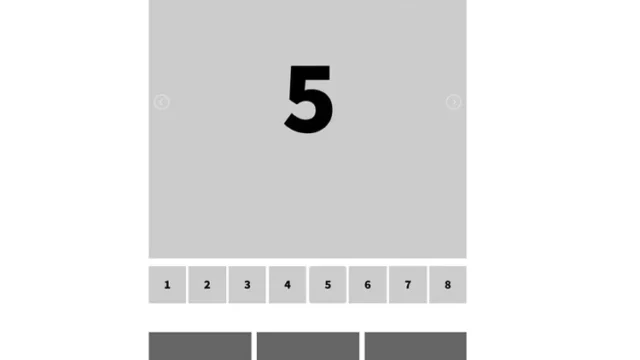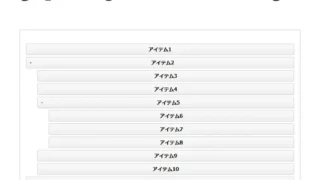How to create a professional-level parallax effect using lax.js

Implementing the parallax effect in web design is a great way to create an engaging, interactive experience for visitors and add depth to your website. In this guide, we’ll walk through how to easily build a beautiful parallax page using lax.js, a JavaScript library. With this library, you can create lively pages where movements change in response to scrolling.
What is lax.js?
lax.js is a lightweight yet powerful JavaScript library created by developer Alex Fox. It lets you add animations that respond to scroll, mouse movement, and even gyroscope sensors, delivering a rich visual experience. It’s available for free on GitHub, and you can also create custom animations.
Preparation before implementing the parallax effect
Before implementing the parallax effect, set up a few prerequisites. First, to include lax.js in your web page, download the lax.js file and place it in an appropriate directory of your website. Next, using HTML, CSS, and JavaScript, mark up the elements to which you want to apply the parallax effect.
Preparation with CSS
Defining basic CSS styles is essential for building a parallax page. In this example, we’ll style a square (.square) that rotates as you scroll. Specify the size, color, and initial position of the square, and place it in a fixed position. This styling forms the foundation of the parallax effect.
<style>
body {
padding: 0;
background-color: #F4F4F4;
background-image: linear-gradient(rgba(255, 255, 255, .2) 50%, transparent 50%, transparent);
margin: 0;
background-size: 700px 700px;
height: 10000px;
}
.square {
height: 200px;
width: 200px;
background-color: #8ED2DD;
margin-bottom: 0px;
margin-left: -100px;
margin-top: -100px;
left: 50vw;
top: 50vh;
position: fixed;
}
h1{
text-align: center;
font-size: 20px;
line-height: 1.8em;
padding: 15px 0;
}
</style>
Structure with HTML
Next, mark up the elements you want to apply the parallax effect to in HTML. Create a square using a div tag with the class “square”, and add classes for applying the parallax effect with lax.js.
Prepare a square (class=”square”) that spins as you scroll down. Add the parallax effect on scroll (lax lax_preset_spin:400:360 lax_preset_flipX) to the class of the prepared square (class=”square”). (Reference: GitHub: lax.js)
<h1>Parallax page with lax.js<br>Try scrolling down.</h1>
<div class="square lax lax_preset_spin:400:360 lax_preset_flipX"></div>
Add movement with JavaScript using lax.js
To use the lax.js library, first load lax.min.js on the page and initialize the library when the window loads. Then add a driver that responds to the scrolling amount, which defines the movement on the page.
Write lax.addDriver('scroll direction', function () {return window.scrollY}).
<script type="application/javascript" src="lax.min.js"></script>
<script type="application/javascript">
window.onload = function () {
lax.init();
lax.addDriver('scrollY', function () {
return window.scrollY
})
}
</script>
Parallax demo page using lax.js
You can try the interactive experience directly from the link to the demo page created below.
Parallax demo page using lax.js
Source: lax.js
If you want to learn more details about lax.js and further customization methods, check out the official site and GitHub repository for lax.js. From these resources, you can access documentation, code samples, and the latest library updates.
Summary
This article introduced how to create a parallax page using lax.js. From beginners to intermediate developers, a wide range of creators can easily build creative pages with this library. Interactive web pages boost user engagement and, in the long term, can contribute to increased website traffic. Give your site some motion with lax.js!
*If you reuse this content, please do so at your own risk.
Please do not reuse the Google Analytics tag in the head of the demo page.*





